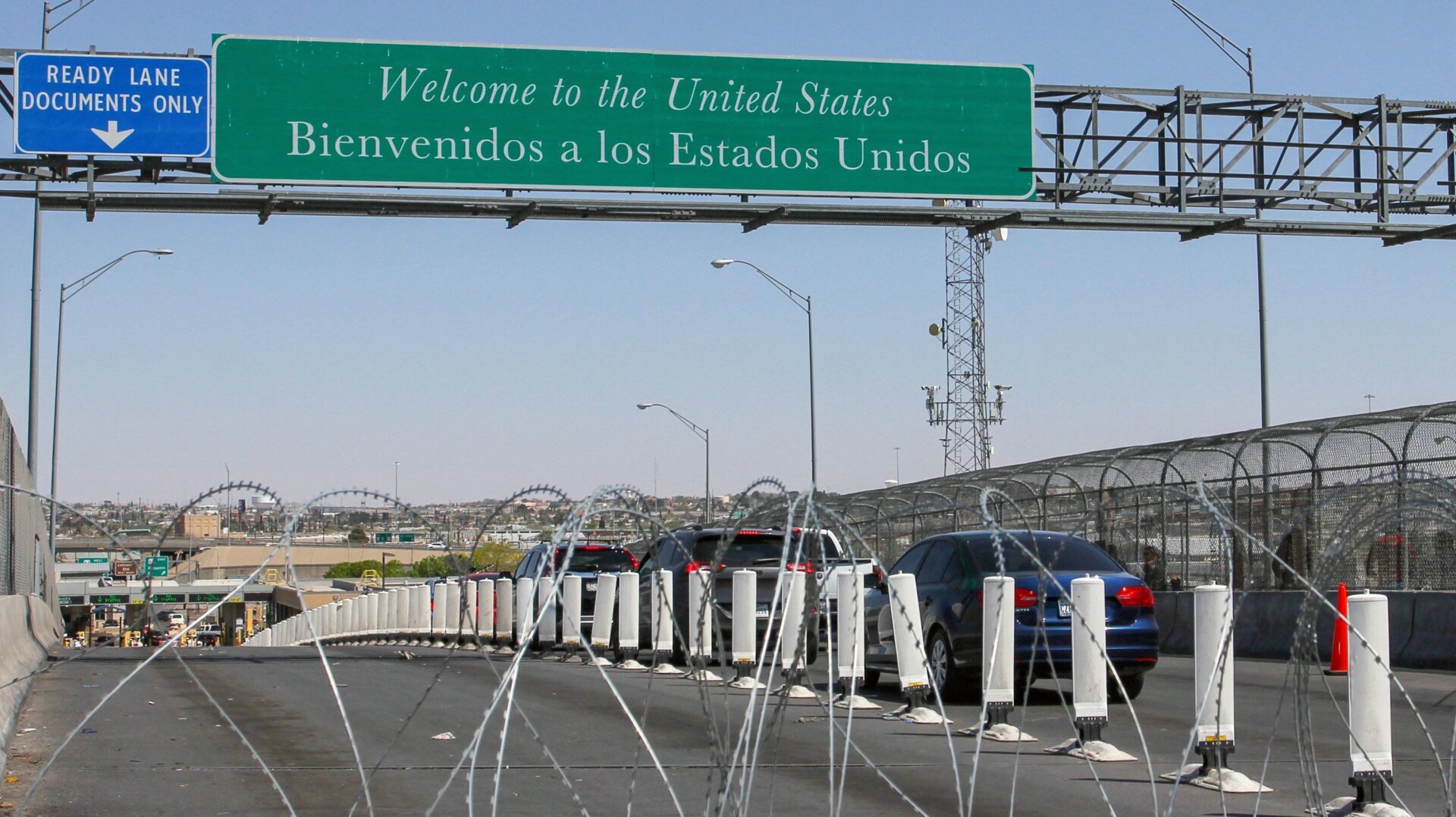Introduction to Enhanced Border Surveillance
The United States Customs and Border Protection (CBP) is seeking to enhance its border surveillance capabilities by introducing facial recognition technology for individuals entering the country by car. This move is part of the agency’s ongoing efforts to expand its surveillance infrastructure, with facial recognition playing a pivotal role.
Request for Information (RFI) for Biometric Technology
Recently, the CBP’s Office of Field Operations Biometric Program Office issued a Request for Information (RFI) to solicit vendors for technology that can capture high-quality facial images of people inside vehicles at inbound land ports of entry. These images would be used for real-time comparisons with the Traveler Verification System, a pre-existing facial recognition system used at various entry points, including airports and pedestrian border crossings.
Current Data Collection and Proposed Two-Layer System
Currently, CBP collects a significant amount of information at border crossings, including a "vehicle package" consisting of a license plate, scene photo, and biographic information. The new technology would not replace this but instead would develop a two-layer system. Vehicles would first enter the Pre-Primary Zone, where live encounter photos are compared to any "in government holding." Then, vehicles would continue into the Primary Zone, where CBP’s new technology would take and analyze photos of anyone who wasn’t already "biometrically confirmed" in the Pre-Primary Zone.
Requirements for the New Technology
According to the RFI, CBP is open to both passive and officer-actuated systems as long as they can provide real-time feedback. The technology must be able to filter out non-human passengers (such as pets or images on clothing) and capture usable images of people even in less-than-ideal circumstances, such as when they’re not looking directly at the camera or are wearing hats and sunglasses.
History of Facial Recognition Use
This is not CBP’s first venture into using facial recognition on vehicles. Last year, it was reported that the Department of Homeland Security’s (DHS) Science and Technology Directorate had requested information on running facial recognition on vehicle occupants approaching border checkpoints. DHS has been testing facial recognition on vehicles since 2016 at various locations, including the Anzalduas International Bridge, Nogales’ Mariposa Port of Entry, and Buffalo’s Peace Bridge Port of Entry.
Press Release and Congressional Mandate
In a press release regarding the Buffalo test, CBP stated that it is pursuing facial recognition at vehicular crossings in accordance with its Congressional mandate to biometrically record all foreign nationals entering and exiting the United States. Facial recognition is also seen as a tool to prevent "imposters" from using other people’s travel documents.
Efficiency and Privacy Concerns
The Electronic Frontier Foundation obtained a 2022 postmortem by DHS on the Anzalduas test, which showed that pictures were only obtained about 76 percent of the time, and only 81 percent of images were usable. The RFI acknowledges these challenges, citing human behavior, multiple passenger vehicle rows, and environmental obstacles as contributing factors. Critics, including Dave Mass, director of investigations at the Electronic Frontier Foundation, have expressed concerns that expanding facial recognition at the border raises significant privacy issues, potentially allowing law enforcement to track not only a vehicle’s location but also its occupants.
Future Plans and Response to RFI
CBP aims to significantly increase the number of images it takes, with the new technology set to augment "passenger images in the Pre-Primary Zone" and capture 100% of vehicle passengers. Vendors have until May 30 to respond to the RFI, marking a significant step in CBP’s pursuit of enhanced border surveillance capabilities through facial recognition technology.
Source Link





